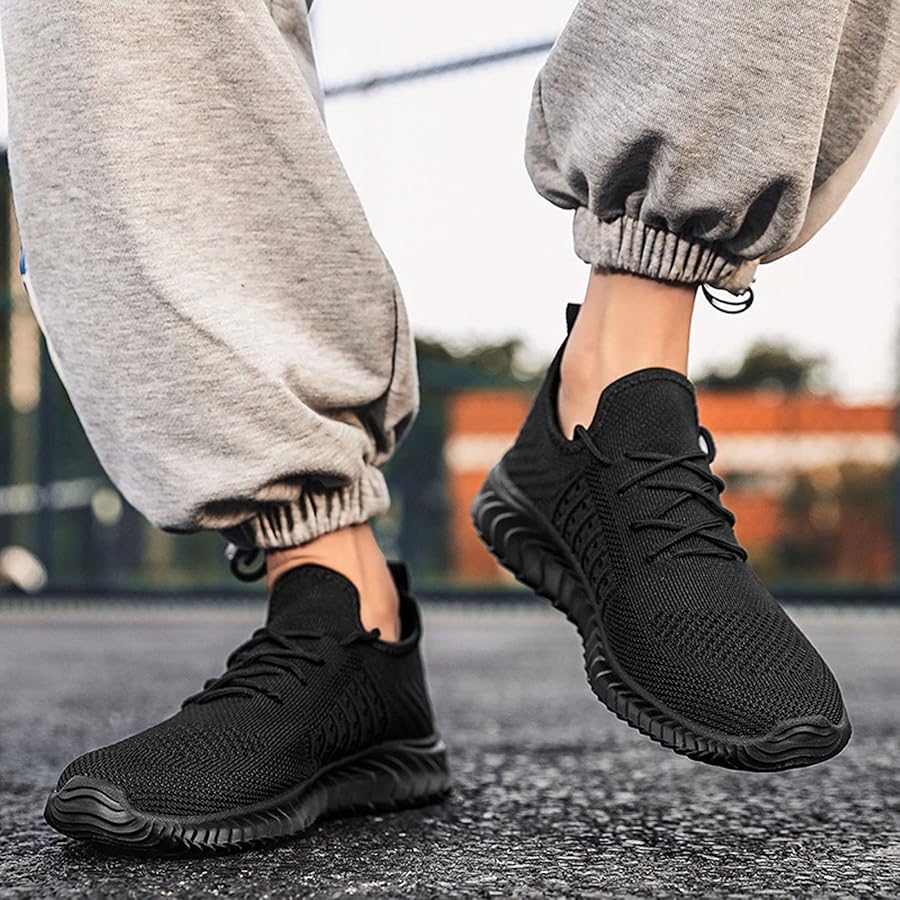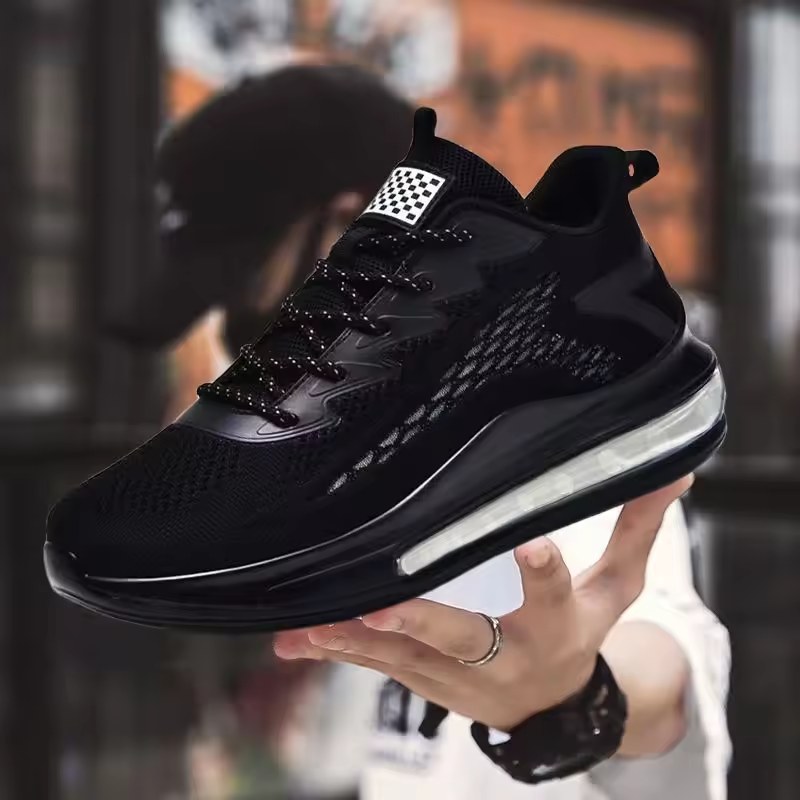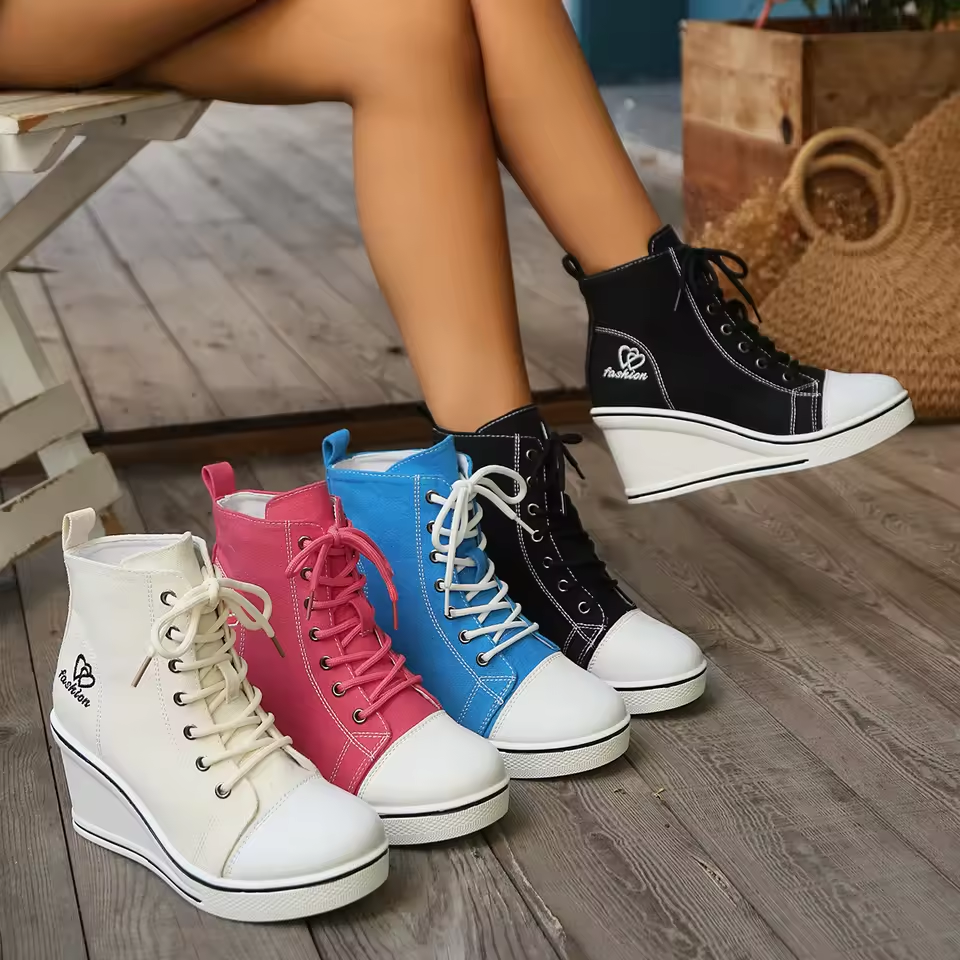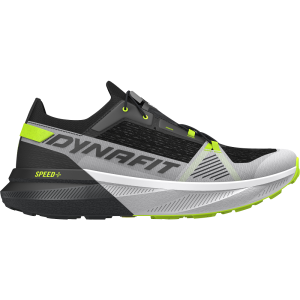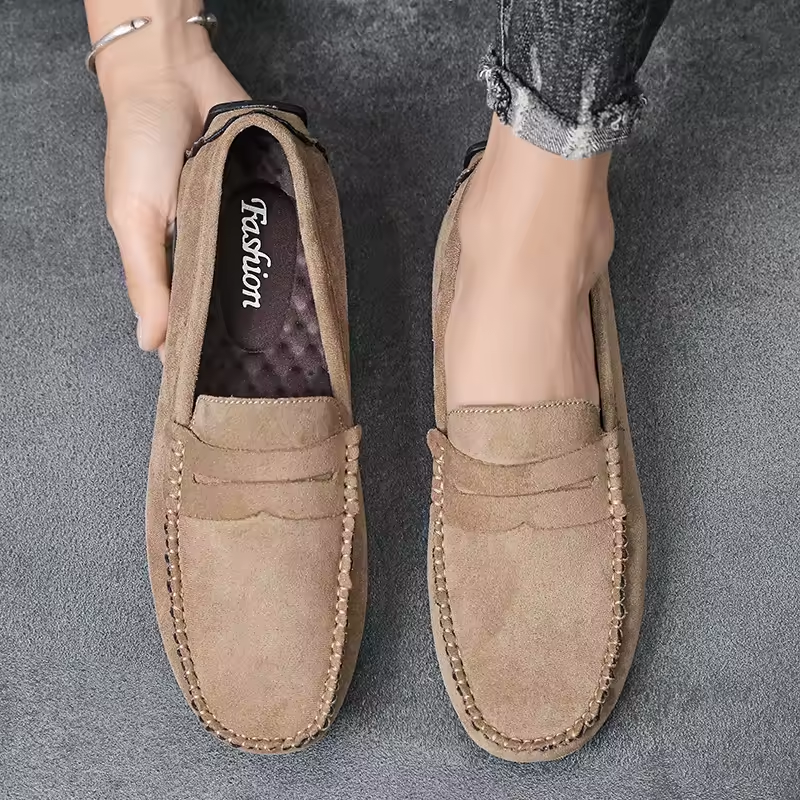Introduction to Flat Feet and Their Impact on Running
Flat feet, also known as fallen arches, affect many runners. They occur when the arch, the curve in the middle of the foot, is low or flat while standing. This foot type can lead to overpronation. That’s where the feet roll inwards excessively upon landing. This overpronation can cause extra stress on the feet, ankles, and even knees during running.
For runners with flat feet, picking the right footwear is critical. Shoes that cater to flat feet aim to stabilize this overpronation. They help reduce the risk of injury and improve comfort. A well-chosen pair of running shoes for flat feet can make a huge difference. It can transform a painful run into an enjoyable one.
When browsing running shoes for flat feet, runners should look for certain features. These include structured cushioning and arch support. Both can help absorb shock and support the foot’s natural movement. Without proper support, runners are at a higher risk of issues like plantar fasciitis and shin splints.
Overall, understanding the impact of flat feet is pivotal for runners. It informs their choices in footwear. It also plays into the prevention of common running-related injuries.
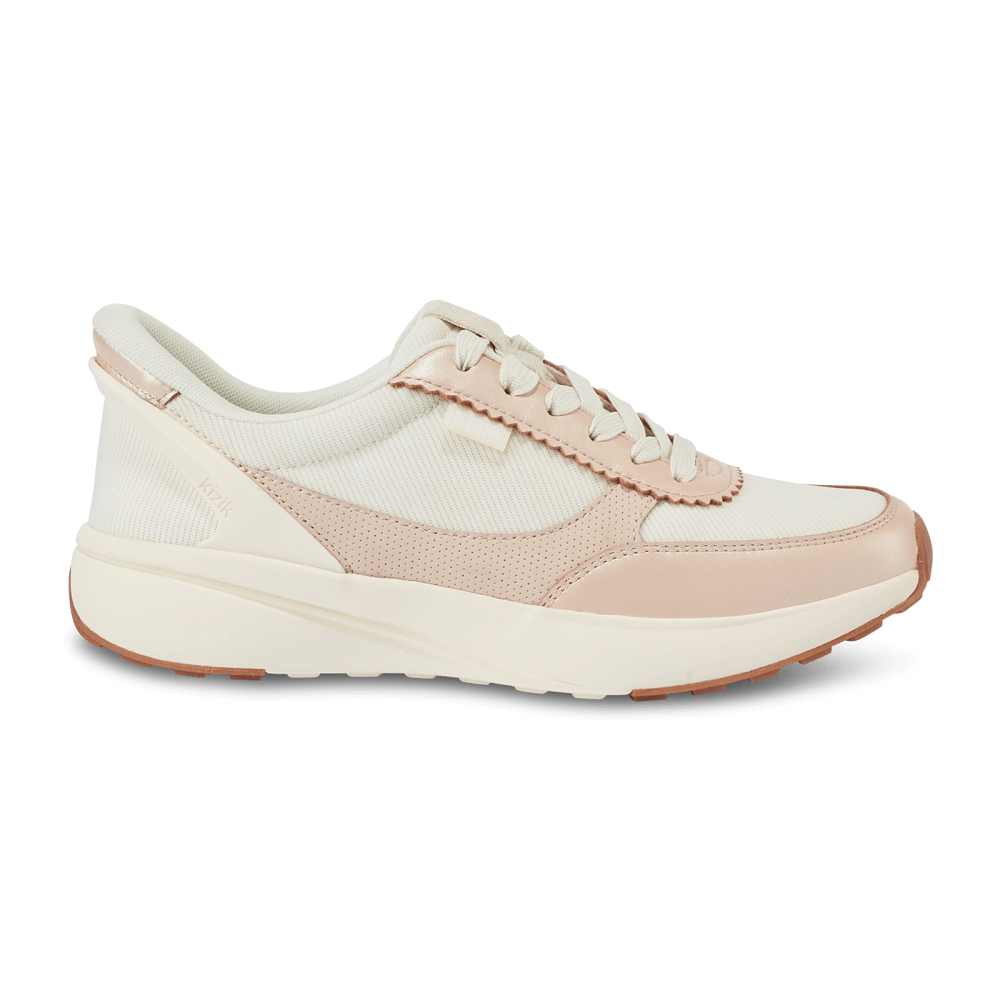
The Importance of Proper Footwear for Flat-Footed Runners
Selecting the right running shoes for flat feet is not a mere preference. It is a necessity for injury prevention and comfort. Incorrect footwear can lead to a chain of negative impacts for flat-footed runners. It can cause undue stress on the feet, ankles, and knees. This raises the chance of painful conditions, such as plantar fasciitis or shin splints.
Proper footwear offers the needed arch support for flat feet. It also provides stability to limit overpronation. Moreover, suitable running shoes help in evenly distributing impact. This is crucial during running. It protects from the jarring forces that travel up the leg.
Running shoes for flat feet often have specific design features. These include a firm midsole, a structured heel counter, and motion control elements. Such features aim to correct the foot’s mechanics. They also aim to enhance the running experience. Ultimately, they reduce the risk of discomfort or injury.
In summary, investing in quality running shoes tailored for flat feet is vital. It ensures safety and improves running performance. Also, it can help flat-footed runners enjoy the sport without the shadow of potential injuries.
Key Features to Look for in Running Shoes for Flat Feet
When shopping for running shoes for flat feet, consider these key features:
- Structured Cushioning: This adds stability. It compensates for the lack of natural arch. Look for shoes with a well-designed midsole that buffers impact.
- Arch Support: Good arch support is crucial. It prevents the foot from rolling inwards too much. Shoes should have a supportive contour inside.
- Stability Control: Shoes with built-in stability features can control overpronation. This helps align the feet properly when running.
- Motion Control Elements: Look for shoes with elements that guide the foot. They should manage movement and add control during a run.
- Firm Heel Counter: A firm heel area provides rear-foot stability. This ensures a secure and comfortable fit.
- Durable Outsole: The outsole should be robust and provide good traction. It must withstand the wear of both distance running and various terrains.
These features work together to support flat feet. They reduce the risk of injuries. Remember, finding the right fit can turn strenuous runs into comfortable jogs. Always try on various shoes to find the best one for you.
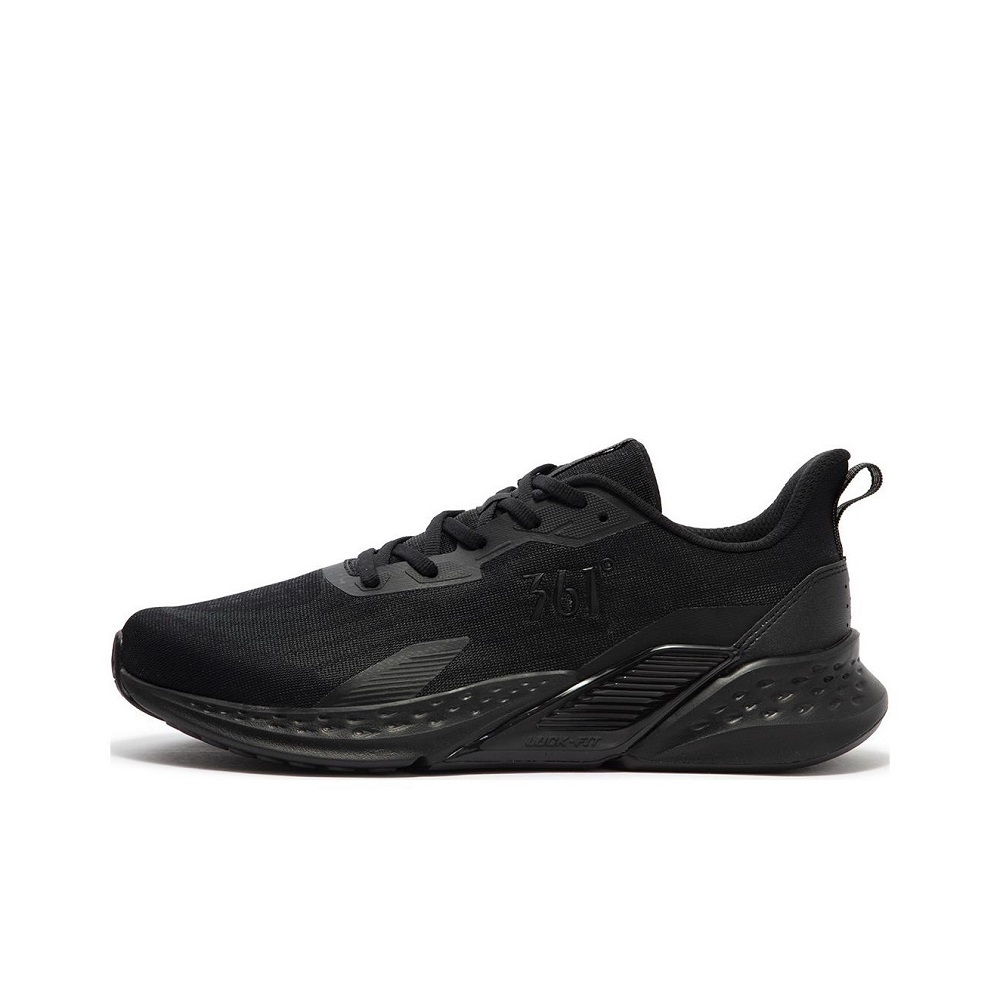
Top Running Shoe Brands and Models for Flat Feet in 2025
Choosing the right brand and model for running shoes for flat feet is key. The market in 2025 is diverse. Here are top picks for that year based on support, quality, and user reviews.
- Asics GT-2000 Series: This line is known for excellent midsole support. It reduces overpronation and comes with Gel cushioning for comfort.
- Brooks Adrenaline GTS: The Adrenaline series offers a perfect balance of support and cushioning. The model also has GuideRails technology to keep excess movement in check.
- Nike Structure: Nike Structure provides reliable arch support and is sturdy. It is well-suited for runners who need extra stability in their shoes.
- Saucony Guide: Featuring an EVERUN topsole, this model aims for great shock absorption. It also has a firm medial side designed for overpronators.
- New Balance Fresh Foam: Known for plush cushioning, this series provides a smooth ride. The design adds stability for flat-footed runners without adding bulk.
- Mizuno Wave Inspire: Mizuno offers a uniquely engineered midsole. The Wave plate technology provides support right where it’s needed.
When you pick a model, remember to consider your specific needs. Each brand and model offers different levels of support and comfort. Make sure to try various options. This ensures you find the perfect fit for your flat feet.
How to Fit Running Shoes for Flat Feet: A Step-by-Step Guide
Finding the perfect fit for running shoes can be daunting, especially for those with flat feet. Follow this step-by-step guide to ensure your next pair is tailored to your feet’s unique needs.
- Step 1: Measure Your Feet: Do this later in the day when feet are at their largest. Use a Brannock device for precise measurements.
- Step 2: Consider the Width: Ensure the shoes are not too tight. Your toes need room to move.
- Step 3: Check for Arch Support: Press down inside the shoe. A good shoe will have a supportive contour that matches your arch.
- Step 4: Stability Features: Feel the midsole. It should be firm, providing support to counteract overpronation.
- Step 5: Inspect the Heel Counter: The heel should feel secure. A firm heel counter offers essential rear-foot stability.
- Step 6: Test Motion Control: Look for elements that guide foot movement.
- Step 7: Try Them On: Walk or jog in the store. The shoes should feel comfortable straight away.
- Step 8: Assess Overall Comfort: Make sure there are no pressure points. Cushioning should make the shoes comfortable for long runs.
Properly fitting running shoes for flat feet will support your arches and control movement. They’ll make runs enjoyable and pain-free. Always take your time trying different models. Look for the features outlined in the previous sections. Remember, a perfect fit is worth searching for.
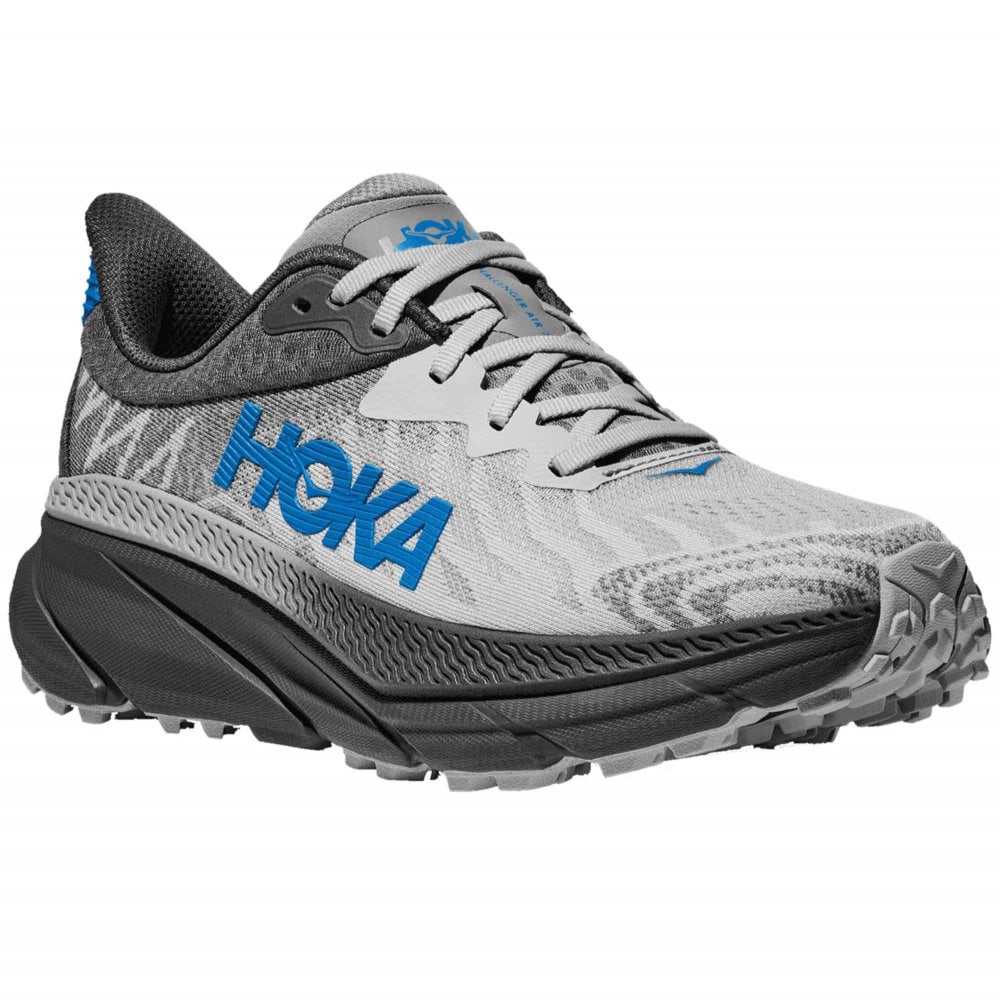
The Role of Orthotics and Insoles for Added Support
Runners with flat feet often need extra support. Orthotics and insoles can provide this. They fit inside running shoes. They add to the shoe’s built-in support. Orthotics can correct overpronation. This reduces stress on the feet and legs. Insoles add cushioning. They make shoes more comfortable. Insoles can be custom-made or bought over the counter. Custom options are tailored to your feet. They offer the best fit. Over-the-counter insoles can also help. Look for ones designed for flat feet. They should have good arch support.
Orthotics and insoles help extend the life of running shoes. They absorb impact. This takes pressure off the shoes’ built-in cushioning. Replace orthotics and insoles regularly. This ensures ongoing support and comfort. Always choose the right size for your shoes. This prevents sliding and discomfort. In summary, orthotics and insoles are key for flat-footed runners. They offer support where shoes may fall short. They improve foot alignment and cushioning. Always consider them as part of your running gear.
Maintenance Tips for Your Running Shoes
Caring for your running shoes is key, especially for flat-footed runners. Here are some tips:
- Let Them Breath: After a run, remove your shoes. Allow them to air out. It prevents moisture build-up.
- Rotate Pairs: If possible, use more than one pair of shoes. This allows them to rest and return to their proper shape between runs.
- Clean Regularly: Wipe down shoes with a damp cloth. Remove dirt and grime. Avoid immersing them in water.
- Dry Properly: Never use a heater or a dryer. If your shoes get wet, stuff them with newspaper. Replace the paper as it absorbs moisture.
- Check the Insoles: Remove insoles to air out. Replace them if they lose shape or support. This ensures ongoing arch support.
- Inspect for Wear: Regularly look for signs of uneven wear. This often indicates overpronation. Addressing this early can prevent discomfort.
- Use Correctly: Only wear running shoes for running. Using them for other activities can speed up wear and reduce support.
Following these steps will help maintain the condition of your running shoes. It will ensure they continue to provide support. Care extends the life of your shoes. This is vital for runners with flat feet that rely on the support and features of their footwear.
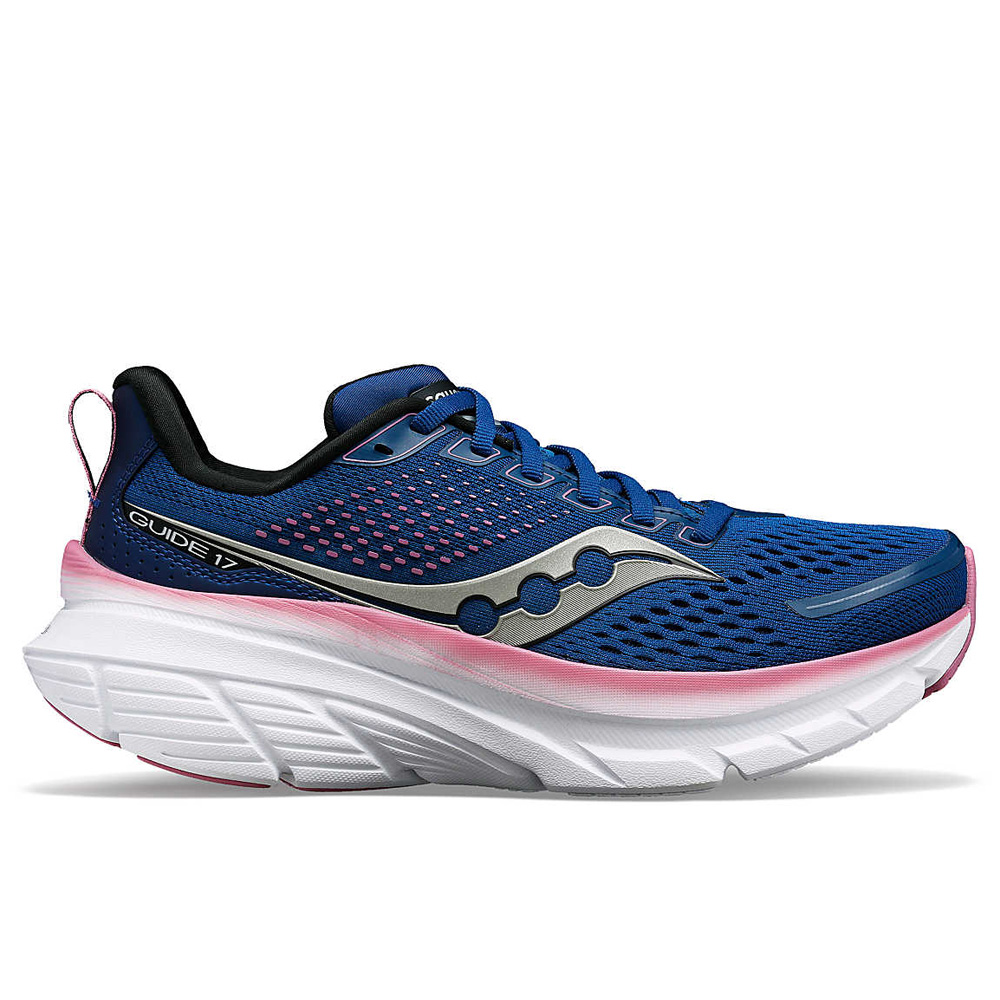
The Future of Running Shoes: Innovations and Trends
The running shoe industry is always advancing. Trends and innovations direct the future of footwear. For flat-footed runners, these changes promise better support and comfort. Let’s explore what lies ahead.
Technological Advancements in Design
New technology means smarter shoes. Sensors might adjust cushioning during a run. Or, materials may change in response to weight and pressure. 3D printing could offer customized soles for the perfect fit.
Sustainable Materials
Eco-friendliness is big. Brands are turning to recycled materials for their running shoes. These materials offer the same, if not better, quality and durability.
Enhanced Customization
Expect more personalization options. Apps could analyze your stride and recommend the ideal shoe. Some brands might offer modular footwear, where you mix and match components.
Smart Connectivity
Running shoes might connect to your devices. They could track your progress and give tips for improving your form. This data could help prevent overpronation specific to flat feet.
Advanced Arch Support Technologies
Look for breakthroughs in arch support. Gel pockets, air cushions, or memory foam might adapt to your arch in real-time. This ensures continuous support with every step.
These future trends aim to make running smoother for everyone, especially those with flat feet. Keep an eye out for these innovations. They are shaping the way we run and support our feet.
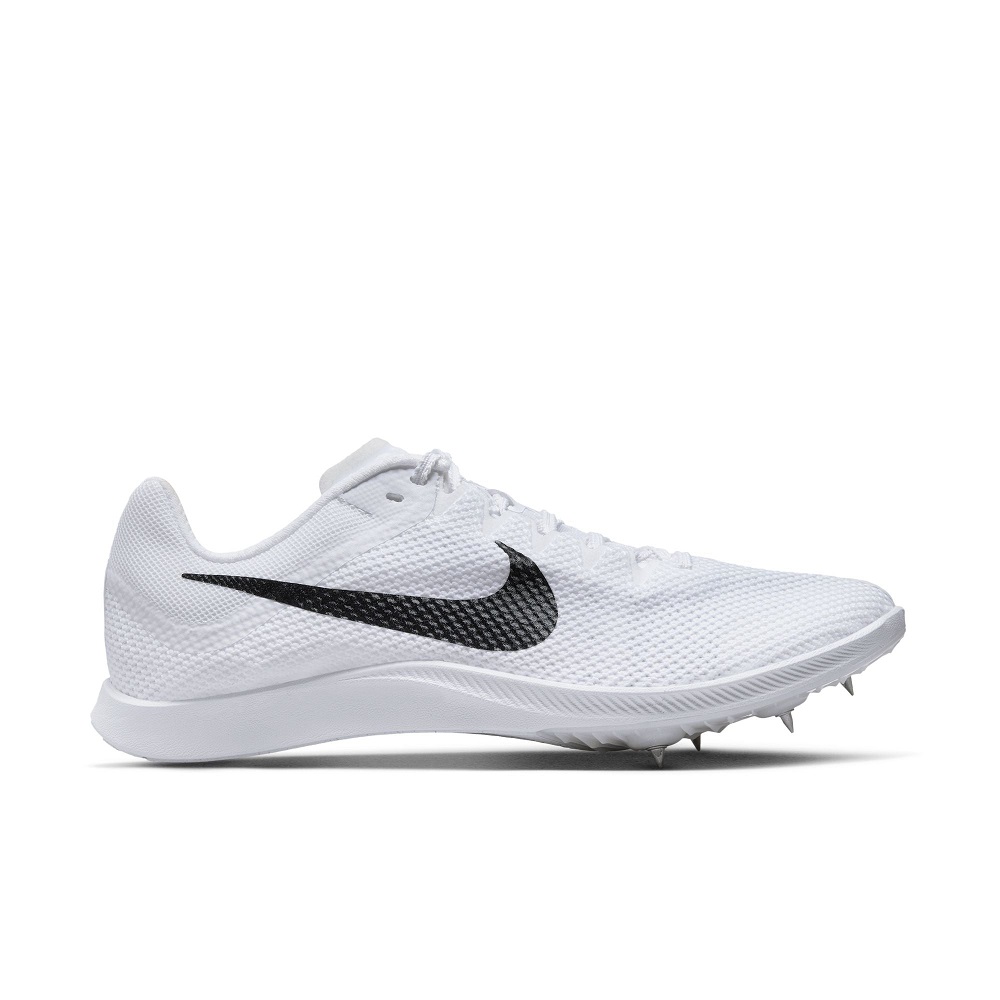
Finding the Right Fit
Test Before You Buy
Finding the right fit is critical when selecting running shoes for flat feet. Proper shoe size is essential for comfort and performance. It is advisable to try on shoes at the end of the day when feet are slightly swollen, as this can help ensure a better fit and prevent discomfort during runs.
When testing shoes, wear the same type of socks you plan to run in. Walk or jog around the store to gauge how the shoe feels during movement. Pay attention to any pressure points or discomfort, and ensure the arch support aligns with your feet properly.
Know Your Foot Type
Understanding your foot type is also essential for selecting running shoes. Flat feet often require specific features, making it important to know how your feet function. Some individuals may benefit from using additional arch support insoles for extra comfort.
It’s helpful to consult with a professional running store where knowledgeable staff can assess your foot type and recommend appropriate shoes. This expertise can guide you to a pair that fits well and addresses your unique needs. With the right pair of shoes, running can become a more enjoyable experience.
Proper Care for Running Shoes
Cleaning and Maintenance
Taking care of your running shoes is crucial for ensuring longevity. Regular cleaning helps maintain the shoe’s appearance and performance. After running, remove any dirt or mud with a soft brush and allow the shoes to air dry naturally. Avoid placing them near direct heat sources, as excessive heat can damage the materials.
Additionally, consider rotating your running shoes between workouts, allowing each pair time to breathe and retain their shape. Proper care can enhance the lifespan of your shoes, allowing them to support you for longer periods.
Know When to Replace
Recognizing when to replace your running shoes is also vital, especially for those with flat feet. Most running shoes last between 300 to 500 miles, depending on their construction and your running style. Common signs that indicate it’s time for a new pair include decreased cushioning, visible wear on the outsole, or discomfort during runs.
Monitor your mileage and take note of changes in comfort or support levels. By staying proactive about shoe replacement, you can help prevent injuries and maintain an enjoyable running experience.
Run Smart with the Right Shoes
In conclusion, selecting the right running shoes for flat feet is essential for comfort, support, and injury prevention. Understanding your foot type, prioritizing key features like arch support and cushioning, and testing shoes thoroughly will lead you to an informed choice.
As we look forward to 2025, the recommendations provided, including models like the Brooks Adrenaline GTS 22, ASICS Gel-Kayano 28, and New Balance Fresh Foam 860v12, will help guide your decision-making process. Each of these shoes offers unique support and features tailored for individuals with flat feet.
Embrace the joy of running by investing in the right shoes that meet your needs. With the proper footwear, you can enjoy your runs, push your limits, and prevent injuries. Make your running experience enjoyable and fulfilling, supporting your journey toward fitness and well-being. Keep moving forward, and let the right shoes carry you on your path to success.
